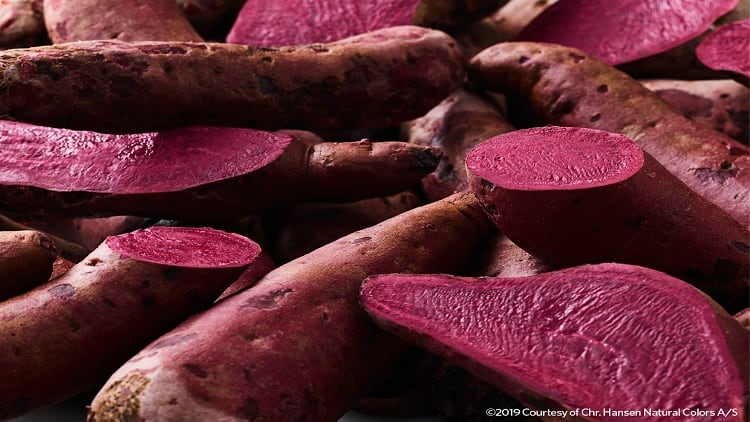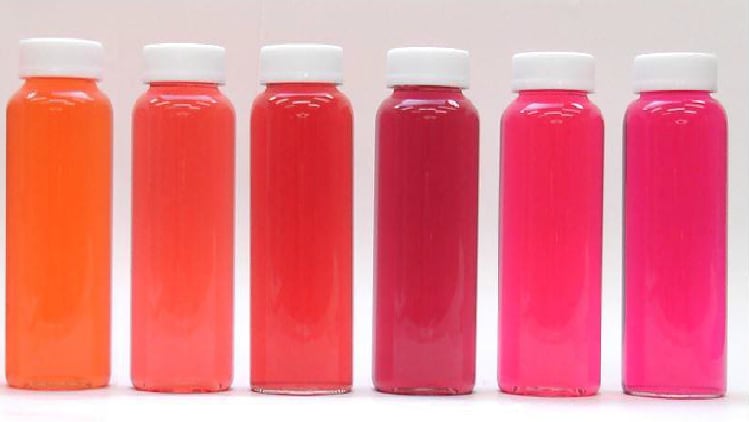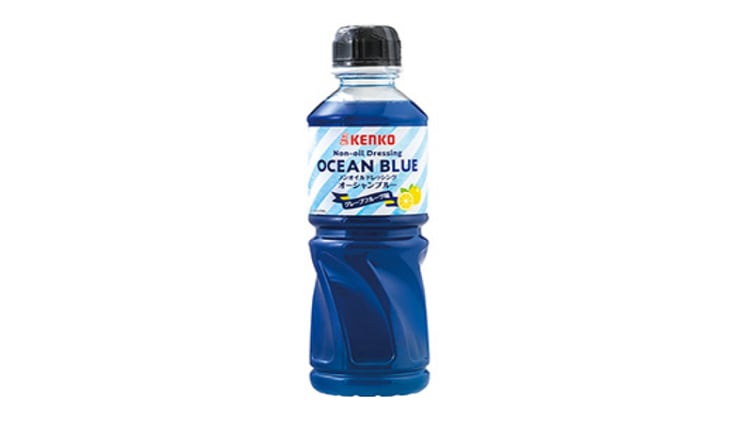This means that manufacturers are increasingly considering factors beyond price and product stability when selecting food colourings, Jude Wong, the regional application centre manager of the natural colours division in Singapore told FoodNavigator-Asia.
Regulatory changes, such as the introduction of sugar tax in certain countries, were becoming key considerations, Wong pointed out.
“Sugar is found in sources of natural colours and from a chemical standpoint, we also put in additional sugar into natural colours since sugar helps to stabilise the colours.
“If manufacturers want to have a food colouring that does not contain sugar, we are able to offer other options that does not contain sugar. Basically, it depends on what the customers want," Wong said.
In view of sugar taxes, some natural sources such as caramel will be eliminated, and other options such as malt extract will be considered if the manufacturers are looking for brown colourings.
On the other hand, as the clean label and veganism movement grow, manufacturers are also considering how food colours – even those from natural sources – could be “cleaner”.
“Natural colours come from natural sources, but has added permitted ingredients to stabilise the colours.Thus, if manufacturers want ‘cleaner’ products, colouring foodstuff, which is simply the extracts of fruits and vegetables, is something that they can consider,” he said.
Also, in contrast to natural colours which may sometimes be labelled as an E-number in product packaging depending on a country's regulations, colouring foodstuffs are labelled as the concentrate of fruit and vegetables that they are derived from. As such, it offers a ‘cleaner’ option when it comes to product labelling.
“Because colouring foodstuff is purely from fruits and vegetables, as such, when you look at the product packaging, it is labelled as a fruit and vegetable concentrate, which is something that consumers can relate to, instead of an E-number that one does not understand, so this is a move towards cleaner label,” Carel Soo, regional marketing manager of the natural colours division in South East Asia added.
According to Wong, colouring foodstuffs, which are higher priced than natural colourings, are usually used in dairy products.
“We see a lot of the manufacturers using colouring foodstuffs in dairy products, because dairy products such as fermented milk are natural and clean, and so to have an E-number seems out of place, as such, they tend to choose colouring foodstuffs,” he said.
Vegan and colours
Earlier in February this year, the firm launched the Hansen sweet potato that offers a red vegan alternative to carmine and synthetic colourings.
“This is one of the biggest launch for us in the recent years. Of course there are many alternatives for red as well. Carmine is a great colour, but where we are moving is also to meet consumers' needs for more plant-based products and that's where the Hansen sweet potato comes about,” Soo said.
The R&D process took about a decade, including the breeding, sourcing, production and selection process.
Multiple varieties of the sweet potato were bred in search of one that is able to produce high yield and the desired colour shade.
Colours and branding
Natural colours and colouring foodstuffs may be higher priced than synthetic colours, but manufacturers are moving to these choices due to product branding.
“I think one of the important things that they will consider is the brand position and value. From a marketing perspective, we feel that if your brand's DNA is about natural, better-for-you, you will want to use natural colours, or even colouring foods in your products, because it goes in line with your brand values, so that's one of the key considerations.
“Just to give an example of one of the biggest confectionery companies in APAC, all their products are using natural colours, their brand's DNA is about natural, so all their gums and everything are made with natural colours, so sometimes, it boils down to what the brand wants to achieve as part of their DNA,” Soo said.




